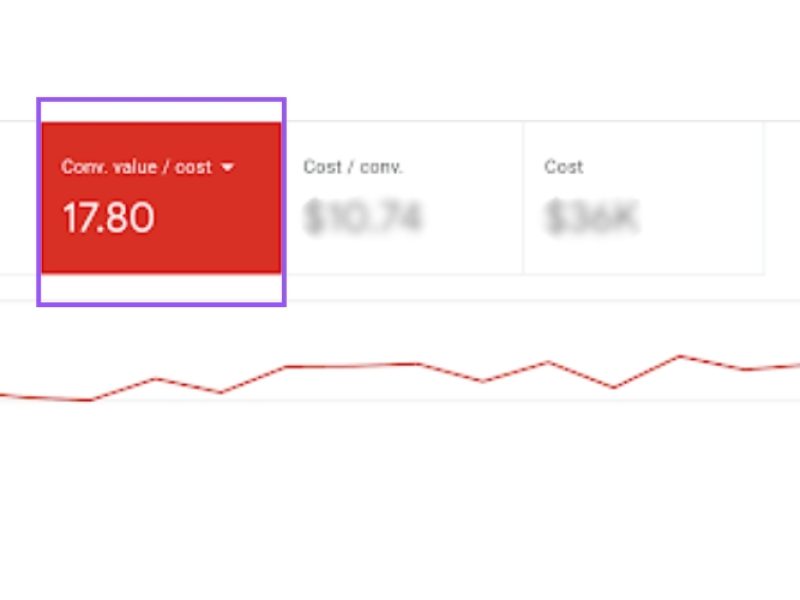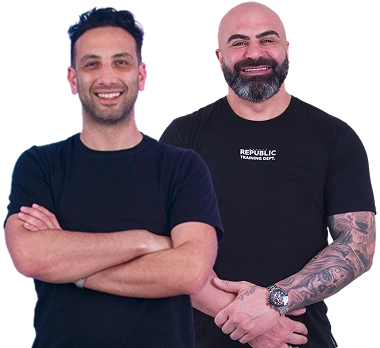In responsive web design, the breaking point is the value at which the website’s content and design will adapt to provide the best user experience to the visitor.
When you are creating a website, you have no control over what a person uses to navigate the website. They can use mobile devices, tablets, desktops, all with different screen resolution, screen sizes, and even different browsers or operating systems.
This creates a problem for non-responsive websites, as you risk alienating a good part of your target audience simply because the website cannot adapt to the different possible screen sizes around. And since you can’t design different sites for different screens, the concept of responsive breakpoints steps in to solve this issue.
You might also be interested in WHAT IS THE BEST WAY TO TEST RESPONSIVE WEB DESIGN?
Understanding Breakpoints and How They’re Used
The breakpoint is the media query value that front end developers or web designers define to allow the website to change based on the device widths your users may have.
Usually, the breakpoint is added based on content appearance. If the content looks misaligned, adding a breakpoint can put it back into place. You can arrange your paragraph to perfection for a small screen, for instance, but as the screen gets wider your perfect paragraph gets distorted.
The result is that the paragraph is easy to read regardless of the screen size. Some best practices for adding breakpoints can include
1. Designing Mobile-First Websites

It’s a lot more difficult to cut the complexity of a desktop site for mobile screens than it is to expand mobile views for wider ones. When you design with a mobile-first mindset, you can address the most important elements of a site to ensure they are working on smaller devices, and then expands for desktop screens.
This can also help save time. Mobile screens can influence the look and feel of your site, so by creating the mobile version first, you don’t have to make any big changes later on.
Other benefits for this approach are:
- It supports your SEO efforts, as Google is considering the mobile-version of new sites for indexing;
- Half of the web traffic comes from mobile devices, so this approach ensures around half your target can have access to your site without problems;
- You can address mobile-exclusive features, such as enabling voice search.
2. Pick Major Breakpoints
There isn’t really a standard set of breakpoints you should use when designing your site, but the general consensus is to use at least 3 different values to ensure the best device flexibility, but you can add more. There are most commonly used screen resolutions worldwide are:
- 1366×768
- 360×640
- 1920×1080
You can also use website analytics to see what types of resolutions your target audience routinely uses, and ensure you focus on them to add breakpoints there first. However, don’t exclusively define your breakpoints based on the device size. The point of responsive design is to ensure the pages adapt to the screens, so make these decisions based on your content, and add a breakpoint if the content or design needs it, not because you think the screen size demands it!
3. Focus on Major Design Points
Using a site on smaller screens can be very difficult if you don’t reduce friction and focus on adding breakpoints to some major page elements:
- Essential menu options
- Main CTA
- Search and filter functions
It can be easy to think of websites in terms of how they look and prioritise visual elements or functional ones. However, consider how people use the site to navigate through the pages, especially from mobile devices where not only is the screen smaller, but users have to tap an element in order to navigate.
Where Do These Breakpoints Go?
A responsive website uses grips in order to structure its content, and there are 3 major components to consider:
Columns
Content is placed in the area of the screen that has columns. The column layout is one of the easiest ways to organise a web page. The breakpoint range determines the number of columns shown on a screen, allowing it to adapt based on its size.
Usually, you have multiple columns on a page, and the breakpoint range determines how many of them appear together. A mobile device may show 3 columns, while a table can hold 4-5. Laptops and desktops, which are bigger, can have even more.
Gutters
These are the spaces between the content that help separate the content. They can adapt, just as the content, to fit better based on screen size. You can assign max widths and min width for each breakpoint to ensure your content is always displayed correctly, with sufficient space between it.
Margins
The margins are the two sides of the page. Just like with gutters and columns, you can assign different width breakpoints depending on how you want the page to adapt to a screen.
With margins, however, it’s important not to set a value that’s too high, as this can force your content to cram together, reducing readability a lot. Make sure your margins leave enough room for your content.
Final Thoughts
The importance of good web design cannot be overstated. The quality of a site is often in direct connection to a business’s success, as it can encourage users to come back, purchase, and may even support your SEO efforts.
At Australian Internet Advertising, we’re here to make sure Sydney businesses have a website that can help them reach their goals. If you need help improving your website or need a new one from scratch, our team is the one to call.
Get in touch with us online to find out more about our web designing services, or call us directly at 1300 304 640.




